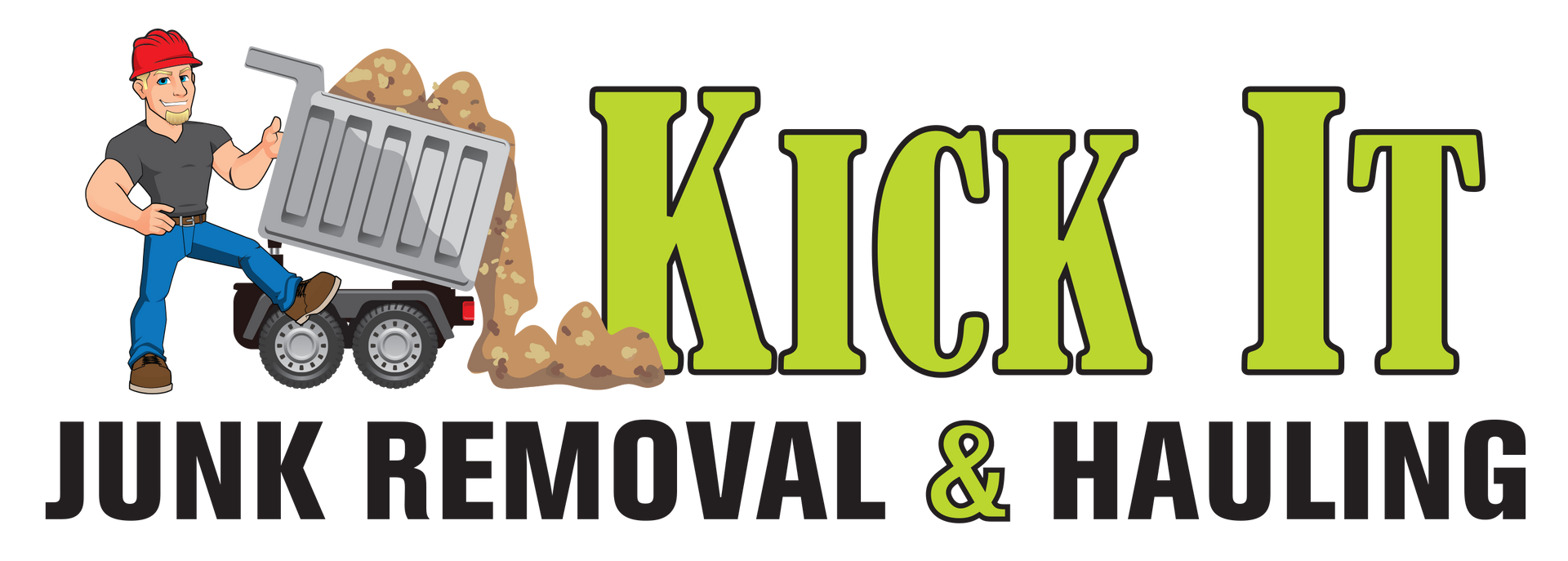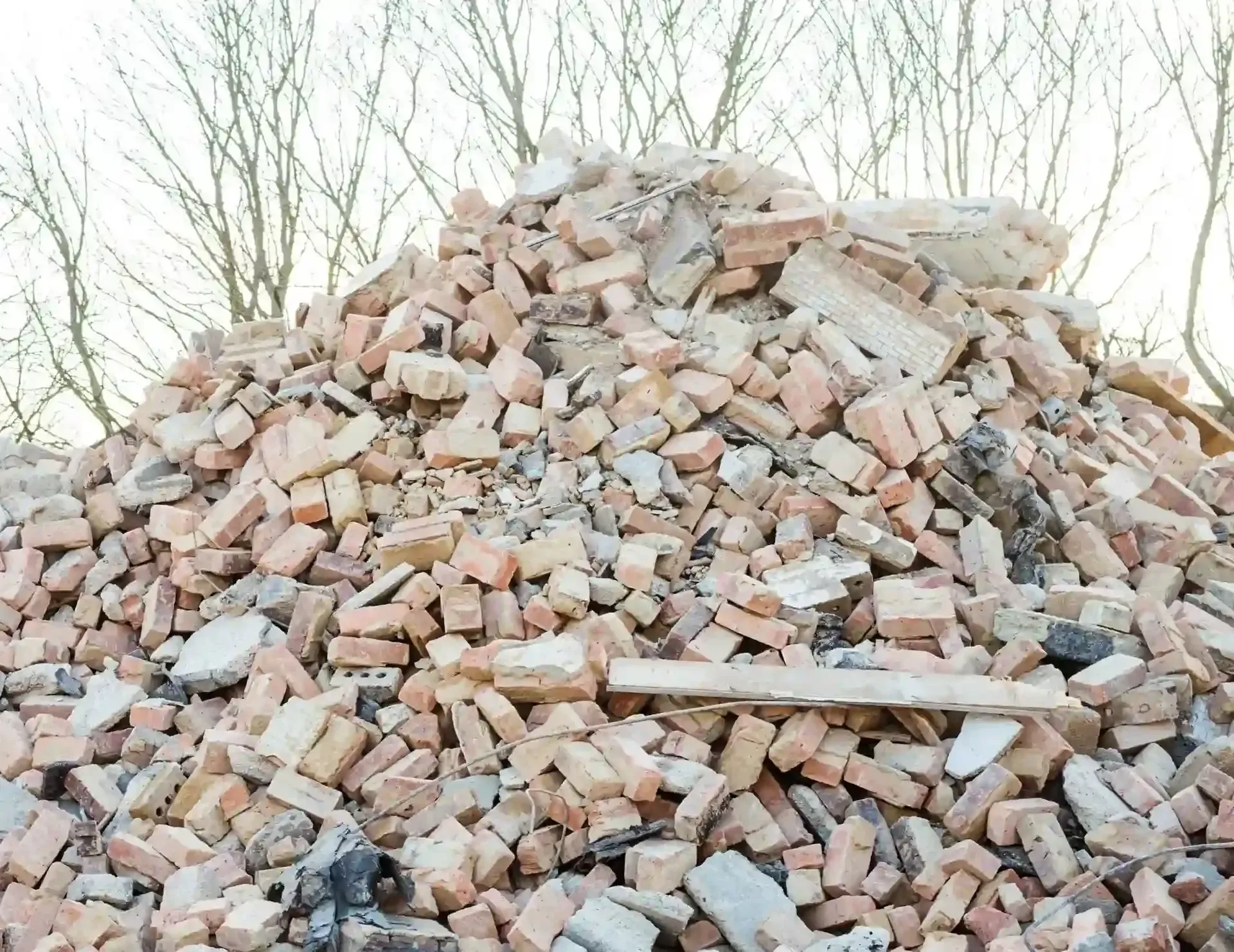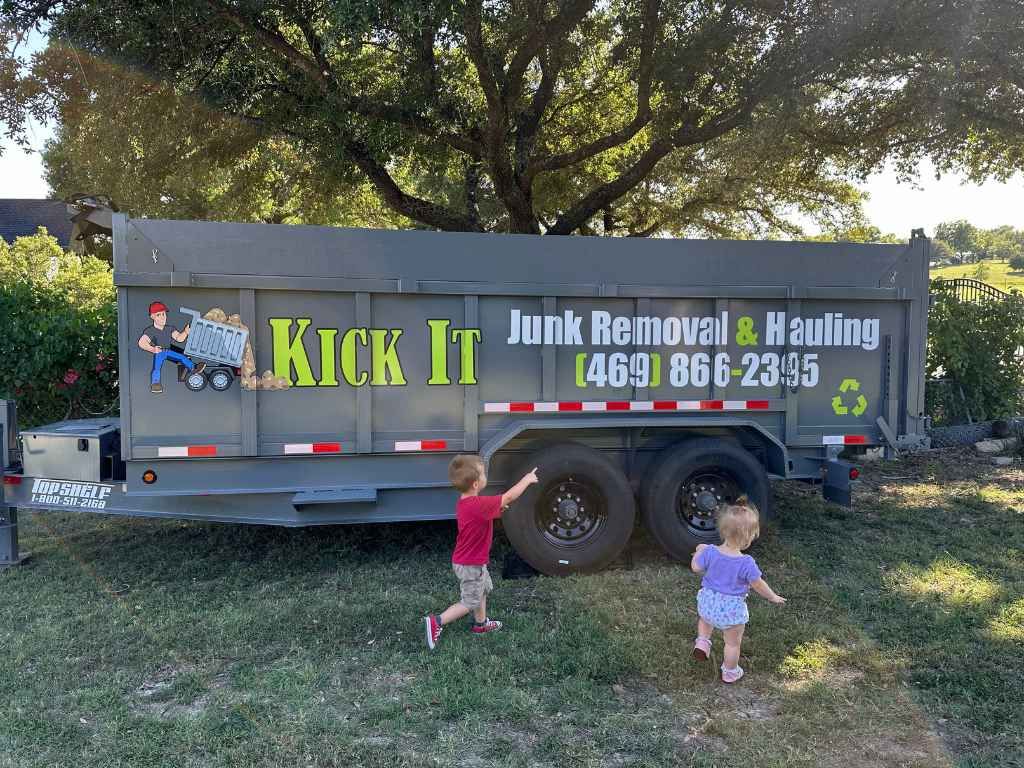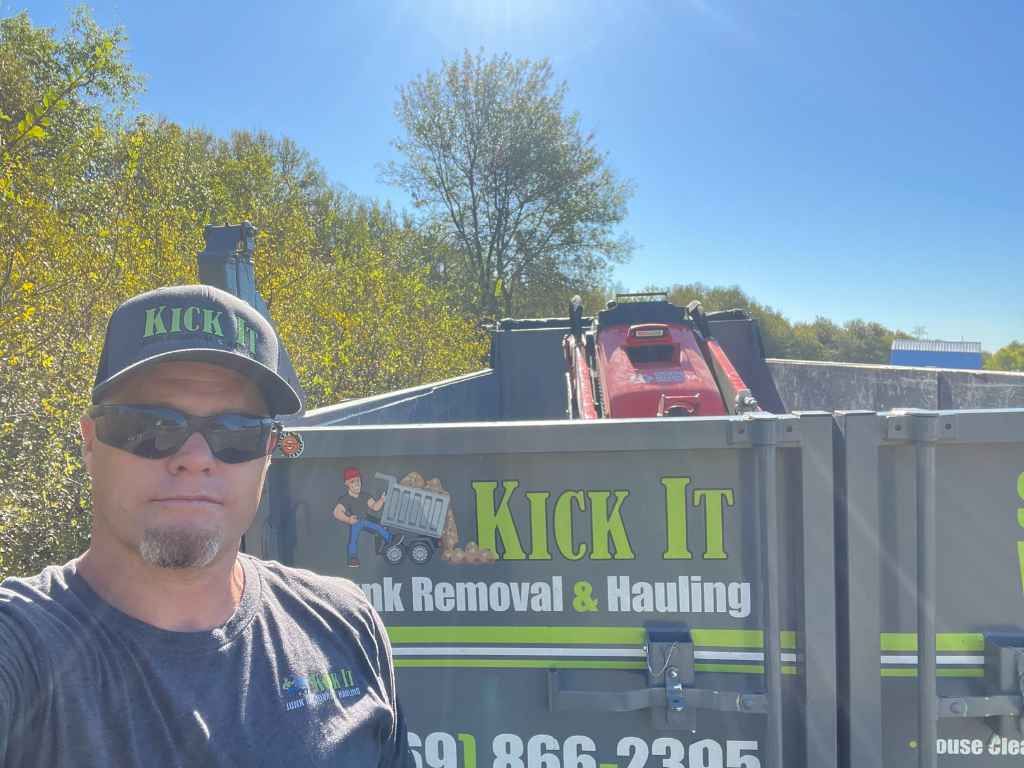How to Manage Shed Demolition Waste
Shed demolition is a process that combines both demolition work and environmental responsibility. Whether it’s a small garden shed or a larger structure used for storage, tearing down and getting rid of an old shed involves more than just hammering away at walls and roofing materials. It requires proper planning, safety considerations, and most importantly, responsible waste management. Improper handling of demolition waste can lead to environmental issues, increased costs, and legal trouble.
In this comprehensive guide, we’ll explore effective methods to manage shed demolition waste and ensure the process goes smoothly. From sorting materials to finding the right disposal methods, we’ll cover every aspect you need to know to handle shed demolition responsibly.
Efficient Shed Demolition Waste Management Tips
Managing waste from
shed demolition requires careful planning and consideration of the materials involved. Begin by sorting the materials, such as wood, metal,
concrete, and hazardous substances, to ensure safe disposal. Recycling can significantly reduce your environmental impact, and separating the materials will make the entire process smoother. It’s essential to properly dispose of items like insulation, asbestos, and lead paint to avoid health risks and ensure compliance with local regulations.
By hiring professionals for demolition, you can streamline the process and avoid dealing with the hassle of waste management yourself. A reliable
junk removal service will handle sorting, recycling, and disposal, helping you save time and effort. These experts can efficiently clear your property while ensuring waste is managed responsibly. When planning your shed demolition, always prioritize safety and sustainability to avoid unnecessary expenses and environmental harm.
Sustainable Ways to Handle Shed Demolition Waste
When demolishing a shed, sustainability should be at the forefront of your waste management strategy. Sorting materials like wood, metal, glass, and concrete is key to ensuring that valuable resources are recycled and not sent to the landfill. Some materials, such as untreated wood and
scrap metal, can be repurposed for other construction projects, reducing waste. It’s also important to properly dispose of hazardous materials like asbestos or lead-based paint to prevent potential harm to the environment and community.
Partnering with a professional waste management company can significantly reduce the time and stress involved in shed demolition. These services are equipped to handle all aspects of the demolition process, from carefully sorting materials to ensuring proper recycling and disposal. By opting for a professional service, you’re ensuring that the demolition waste is disposed of safely and efficiently while contributing to a greener future.

Preparation: Start with a Solid Plan
Before swinging the sledgehammer, start by planning how you’ll handle the waste generated by the demolition. This means assessing the structure of the shed and determining what materials you’ll be working with. Some materials are easy to recycle, while others might require special disposal. Taking time to break down the demolition process will save you time and trouble in the long run.
Begin by considering the type of shed you're demolishing. Is it a simple wooden structure or a larger, more complex building? If your shed has a concrete foundation, for example, you’ll need to handle the debris differently than a timber-built structure. Identifying potential hazards and planning for safe removal can ensure that you're fully prepared for what comes next.
Sort and Separate Materials
A critical step in managing shed demolition waste is sorting the materials as you remove them. By segregating your waste, you’re not only making disposal easier, but you’re also helping the environment. Many materials from shed demolition can be recycled or reused, which reduces landfill impact.
Common materials found in shed demolition include:
- Wood: Often used for framing, floors, and walls, wood is a versatile material. If it's free from nails and other contaminants, it can be repurposed for future projects.
- Metal: Many sheds contain metal components such as screws, nails, hinges, and roofing. Metals like aluminum, steel, and copper can be easily recycled.
- Concrete: Some sheds are built on concrete slabs or have concrete foundations. Demolishing concrete may require specialized tools, but it can often be crushed and repurposed.
- Glass: If your shed features windows or glass panes, these should be carefully removed. Glass is recyclable, but it should not be disposed of with other waste.
- Insulation: If the shed has insulation, you may be dealing with either fiberglass or foam. Both types require special disposal, so check local guidelines to make sure they are handled correctly.
By sorting materials on-site, you’ll be able to streamline the demolition process and ensure that recyclable items are separated out from the rest of the debris.
Consider Hazardous Materials
Sheds may contain hazardous materials that require extra caution during demolition. These include:
- Asbestos: Some older sheds, especially those with roofing or insulation materials, may contain asbestos. If you suspect the presence of asbestos, contact a professional to safely remove and dispose of it.
- Lead Paint: In older sheds, lead-based paint could be present, especially if the structure was built before the 1980s. If scraping or sanding these surfaces, wear protective gear, and make sure the lead paint is disposed of properly.
- Chemicals: Paints, solvents, or oils stored in the shed could be hazardous waste. These need to be disposed of at designated hazardous waste collection centers.
Disposal Methods: Know Your Options
Once you've sorted the materials, it’s time to think about how to dispose of them. Different materials require different disposal methods, and it's crucial to follow your local regulations.
Wood Disposal
If your shed is primarily made of wood, you can often reuse or recycle it. Wood can be repurposed for home projects, or you can donate usable timber to local organizations. However, if the wood is too damaged or weathered, it may need to be disposed of at a waste facility.
Wood disposal options include:
- Recycling centers: Some areas have wood recycling programs that turn old wood into mulch or wood chips.
- Burning: In certain rural areas, controlled burning of wood waste might be an option, but make sure to check local burn laws.
Metal Disposal
Metal is one of the easiest materials to recycle. Common metals in shed structures, like steel, aluminum, and copper, should be taken to a local scrap metal yard. Many recycling centers will pay for metal scrap, which can help offset the cost of demolition. Make sure to separate metals like iron and steel, as they may be recycled differently.
Concrete Disposal
Concrete removal is often the most labor-intensive part of shed demolition. If the shed has a concrete foundation, you’ll likely need to break it up into smaller pieces. Concrete is recyclable and can be crushed and used for other construction projects, such as road building or landscaping. You can take it to a local concrete recycling facility or hire a demolition company that offers concrete disposal services.
Glass and Windows
Glass and windows should not be disposed of with regular trash. Instead, contact a local glass recycling center or disposal facility. Many window glass panes can be recycled into new glass products, but be careful when handling them to avoid injury.
Hazardous Waste Disposal
For hazardous materials, you’ll need to follow strict protocols for safe disposal. Check with your local government for instructions on where to take items like asbestos, lead paint, and chemicals. Many municipalities offer special collection days or centers where you can dispose of hazardous waste.
Recycling and Donation
In the spirit of sustainability, try to recycle as much of your shed’s materials as possible. Beyond metal and wood, some items may be suitable for donation or repurposing. For example:
- Old furniture or storage units in the shed can often be donated to charity or repurposed.
- Pallets or unused timber might be of use to local DIY enthusiasts or crafters.
Recycling and donating items not only helps divert waste from landfills, but it can also benefit the local community. Consider contacting local organizations to see if they can use any materials from your shed.
Hiring a Professional Demolition Service
If the shed demolition process seems overwhelming or if you’re unsure how to handle the waste, hiring a professional junk removal or demolition service is an excellent option. These experts have the equipment, knowledge, and experience to handle the entire process, from tearing down the shed to disposing of the waste.
Professional services can also help you save time and ensure that waste is disposed of properly. They’ll handle everything from sorting and hauling to recycling, which means you don’t have to worry about any of the details.
Cost Considerations
The cost of managing shed demolition waste can vary widely depending on several factors:
- Size of the shed: Larger sheds produce more waste, which can increase disposal fees.
- Type of materials: Some materials, like concrete or hazardous waste, may incur additional costs for disposal.
- Disposal method: Recycling often comes with lower costs compared to sending everything to the landfill.
Before starting the demolition, get an estimate of how much it will cost to dispose of the materials. You may be able to save money by recycling or reusing materials.
Conclusion
Managing shed demolition waste is all about planning ahead, being mindful of the materials you’re dealing with, and taking steps to dispose of them properly. By sorting, recycling, and handling hazardous materials responsibly, you can minimize your environmental impact while ensuring a smoother and safer demolition process.
If you’re looking for professional help with shed demolition or junk removal, consider reaching out to a service that specializes in waste management. In Forney, Texas, Kick It Junk Removal & Hauling is a trusted company for all your demolition and waste disposal needs. They provide expert services to handle everything from shed demolitions to junk hauling, ensuring that your space is cleared out quickly and efficiently.
Kick It Junk Removal & Hauling Location: 14339 Stanley Lane, Forney, Texas 75126, United States
Phone: 469-866-2395
Email: Paul@kickitservices.com











